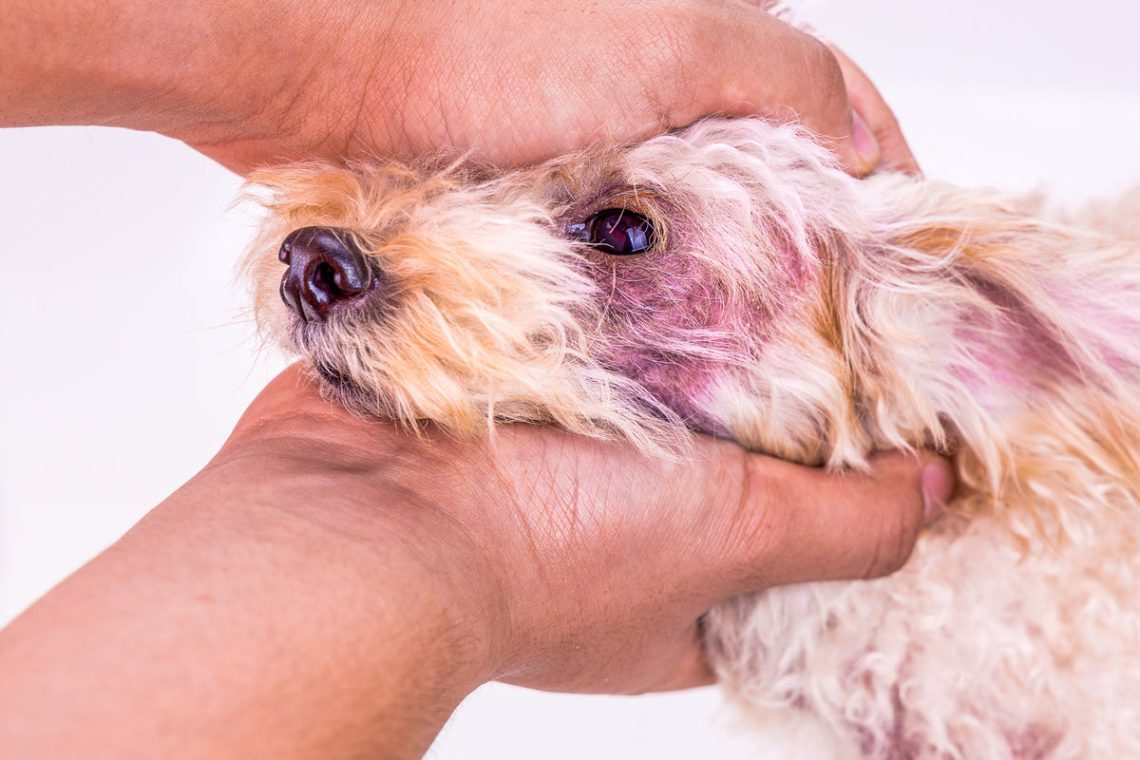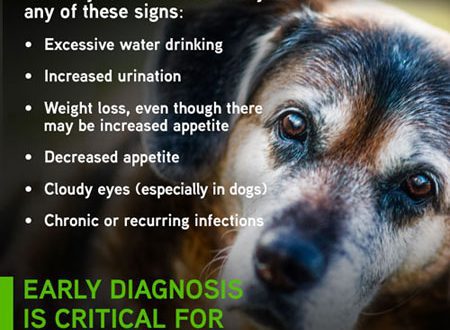
Ausys ir oda: šunų grybelinės infekcijos gydymas
Fungal diseases in dogs are a common problem that can occur on many different parts of the body. However, most often the fungus affects the ears, paws and skin folds.
Turinys
Fungal diseases in dogs: symptoms
Dogs with an ear fungal infection have red, itchy, and foul-smelling ears. In some cases, there is also an excess of dark brown earwax. Fungal otitis in dogs causes severe itching, so the animal constantly scratches its ears and shakes its head. The pet can rub its ears against furniture or carpet, leaving a “signature” smell on everything that touches, or growl when it scratches its ears
With fungal skin diseases in dogs, it turns red and itches. The pet may lose hair and develop an unpleasant odor. If your dog constantly chews on its paws and the paw pads are red, swollen and smell bad, it could be a fungal infection. If it is not treated for a long time, the skin begins to thicken, coarsen and blacken.
Fungal infection in dogs: causes
Malasesia is the most common type of yeast that affects dogs; in small quantities they constantly live on healthy dogs. Normally, the immune system controls the amount of fungus. But when something disturbs the health or balance of the skin and ears, it causes an overgrowth of yeast.
Conditions that are caused by a dog’s predisposition to overgrow yeast include respiratory allergies, food allergies, hormonal disorders, including thyroid disease, and diabetes. Also among them is hyperadrenocorticism, or Cushing’s disease in dogs, as well as any factors that negatively affect the immune system.
Pets can also develop a form of otitis externa because the yeast loves moisture. If the dog swims or plays in the water a lot and the owner doesn’t dry the dog’s ears after bathing, the humid environment in the ear canal can encourage a fungal infection in the ear.

Fungal infections of dogs: what to do if you suspect
If owners suspect a fungal infection in a dog, it’s time to make an appointment with a veterinarian. If the disease is confirmed, two things must be taken care of:
- solve the problem of yeast growth on the skin or in the dog’s ears;
- eliminate the underlying disease that poses a threat to the health of the skin and ears.
If the root cause is not eliminated, then even after getting rid of the fungus with the help of antifungal drugs, the pet will face a recurrence of the problem. Allergies can be managed with special food or antihistamines. Hormonal disorders can be controlled with drugs prescribed by a veterinarian.
Fungal diseases of dogs: how they are diagnosed
Veterinarians diagnose fungal infections in dogs based on the results of a physical examination and routine laboratory tests. To do this, the doctor takes a scraping from the surface of the skin or a smear from the dog’s ear, stains it and examines it under a microscope.
If the veterinarian suspects that the dog has an underlying disease that contributes to the development of yeast, he will recommend additional tests to determine the underlying cause.
Treatment of fungal diseases in dogs
If a veterinarian identifies ear fungus in dogs, they will likely prescribe a combination treatment of ear cleaning and topical medication.
Ear cleaning is an important part of treatment as it removes anything that may be blocking the ear canal. It is better if a veterinarian shows how this is done. He may prescribe a medicated lotion or cream to apply to the dog’s ears once or twice a day after brushing. Such products must be used in accordance with the recommendations of the veterinarian: do not skip doses and do not stop taking it prematurely, even if the dog feels better. Fungal infections like to hide deep in the ear canals, and if treatment is stopped too soon, the pet may develop resistance to the drug, which can lead to a new infection.
Fungal skin lesions in dogs are treated in several ways. Your veterinarian may prescribe an oral antifungal medication. Topical treatments such as antifungal creams, lotions, shampoos, and prescription wipes can also be effective. If your pet has a yeast fungus on its paws, you can use medicated wipes or cream.
Ketoconazole shampoo can help with a large area of skin lesions. It must be left on the skin for 5-10 minutes before rinsing off. When used properly and addressing the root cause, medicated shampoos are very effective in fighting yeast overgrowth and also help your dog get rid of bad breath. The instructions of the veterinarian regarding the prescribed treatment must be strictly followed.
Fungus in dogs: prevention
A fungal infection of the ears and skin in dogs is a sign of other problems in the body. The most effective way to prevent damage is to address the root causes. Perhaps it will be just rubbing the dog’s ears after bathing.
Owners are required to take their dog to the veterinarian for annual check-ups and have their blood tested annually. The doctor will be able to treat any underlying problems in a timely manner, including hormonal disorders or allergies. If your pet has a food allergy, you can discuss with a specialist switching to a prescription food that either contains a limited number of ingredients or is hypoallergenic.
Taip pat žiūrėkite:
Kušingo sindromas (trapios odos sindromas) šunims
Jautrios odos šuns priežiūra
Dažniausios šunų odos ligos
Šunų ausų ligos: simptomai ir gydymas
Atsikratyti šunų ausų erkių
Daktarė Sarah Wooten





